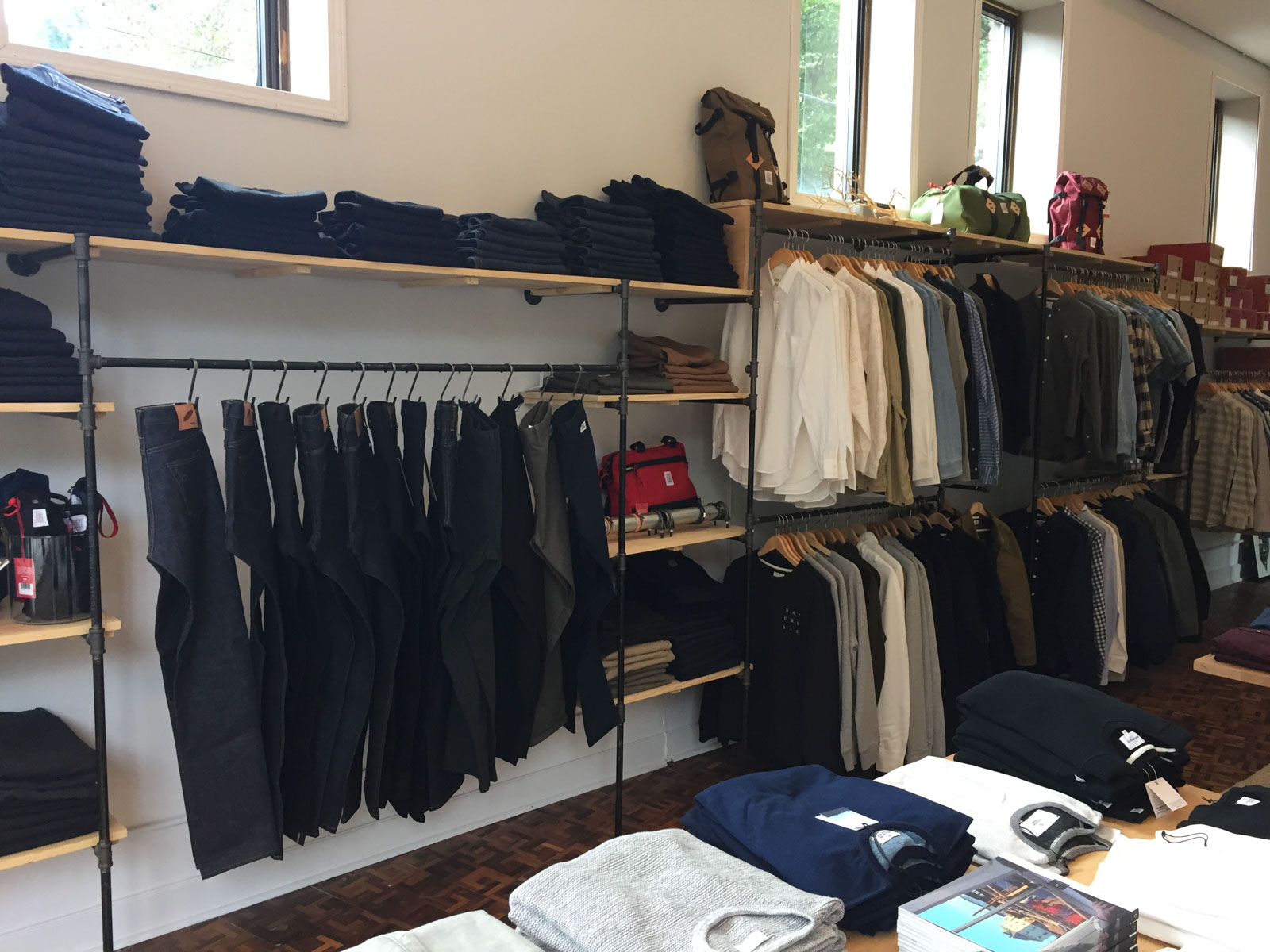Leading 10 Eastern Wear Pakistan Brands You Need to Learn about
Leading 10 Eastern Wear Pakistan Brands You Need to Learn about
Blog Article
Experience the Sophistication of Typical Eastern Attire
Embark on a journey via the complex globe of typical Eastern outfit, where each garment informs a tale woven with cultural richness and historical importance. Join us as we decipher the keys behind these beautiful items and find the attraction of Eastern clothing that has actually astounded generations. eastern wear pakistan.
Background of Eastern Outfit
Eastern clothes has a rich history that dates back centuries, reflecting the diverse cultures and practices of regions such as Asia and the Center East. The apparel styles in these areas have been influenced by numerous variables such as climate, faith, social standing, and historic occasions. In Asia, traditional clothing differs greatly from the vivid saris put on in India to the stylish bathrobe of Japan. In a similar way, the Center East boasts a broad array of garments styles, from the flowing abayas of Saudi Arabia to the complex kaftans of Morocco.
Throughout history, Eastern clothing has not only offered as a kind of apparel but likewise as a symbol of social identification and heritage. Today, Eastern outfit continues to evolve, mixing conventional components with contemporary fashion fads to produce classic and special designs.
Importance of Needlework
Embroidery plays an essential duty in standard Eastern clothing, including complex details and social value to garments that have actually been passed down through generations. In Eastern societies, embroidery is not just ornamental however holds deep symbolic definitions. Each stitch and pattern can share tales, beliefs, and even social standing.
The art of embroidery in traditional Eastern clothes is a labor-intensive process that needs ability and patience. Very experienced craftsmens thoroughly hand embroider elaborate designs onto materials using techniques that have been refined over centuries. These embroidered styles frequently show the abundant social heritage of the area they originate from, showcasing motifs inspired by nature, mythology, or historical occasions.

Elegant Fabrics Used
Luxurious textiles play a pivotal role in boosting the beauty and opulence of conventional clothing across diverse Eastern societies. Silk, renowned for its soft qualities and shine, is a popular selection for several standard garments as a result of its lavish feeling and ability to drape gracefully. In countries like India, China, and Japan, silk has a long background of being made use of in traditional clothing, signifying wealth and condition.
An additional commonly used extravagant material is brocade, defined by elaborate patterns woven into the material. Brocade includes a touch of refinement to garments and is frequently seen in ritualistic clothing and formal wear. Velour, with its plush texture and abundant appearance, is also a popular option for conventional clothing in Eastern societies, specifically for festive occasions and unique celebrations.
In addition, satin, chiffon, and fabric are regularly utilized for their flowing and light-weight top qualities, adding a feeling of delicacy and elegance to garments. These lavish fabrics not only raise the aesthetic appeal of traditional Eastern clothes yet additionally add to the general attraction and beauty of the user.
Workmanship Methods
Typical clothing in various societies showcases remarkable craftsmanship methods that you can try here are given through generations, highlighting the ability and artistry associated with producing these splendid garments. Each decoration, needlework, and stitch is carefully crafted to produce classic pieces that embody the social heritage and practices look at this web-site of the area. The workmanship strategies utilized in typical Eastern outfit often include intricate handwork, such as hand weaving, hand embroidery, and hand beading, which need precision and interest to detail.
Artisans who focus on these methods undertake years of training to perfect their skills and grasp the typical methods of garment building and construction. The use of high-quality products combined with professional workmanship causes garments that not just look aesthetically spectacular yet likewise stand the examination of time. The commitment to protecting these workmanship techniques makes sure that each piece of standard Eastern clothing is a masterpiece, reflecting the rich social background and heritage of the region.
Timeless Elegance and Beauty

The complex needlework, delicate beadwork, and luxurious textiles made use of in typical Eastern attire add to its unrivaled beauty. The careful workmanship gave through generations guarantees that every piece informs a tale and exhibits sophistication and grace.
Furthermore, the traditional silhouettes and graceful draping of standard Eastern clothes add to its long-lasting charm. The flowing lines and stylish designs produce a feeling of harmony and balance that is both psychologically captivating and visually enticing.
Fundamentally, the ageless sophistication and beauty of traditional Eastern outfit serve as a testament to the ability and creativity of the artisans that dedicate their lives to protecting these elegant sartorial traditions. - eastern wear pakistan
Final Thought
To conclude, the elegance of traditional Eastern clothes is a testament to the abundant background, cultural significance, and detailed craftsmanship of the area. From you can find out more the sophisticated embroidery to the luxurious materials and timeless beauty, each garment tells a tale and reflects the cultural identity of its beginnings. Accepting Eastern attire allows one to value the creativity and style that have been passed down with generations, creating truly splendid and fascinating pieces.
Embark on a journey via the complex world of traditional Eastern outfit, where each garment tells a story woven with cultural richness and historical importance.Embroidery plays a crucial role in standard Eastern clothes, including detailed details and social significance to garments that have actually been passed down with generations.Luxurious textiles play a pivotal role in improving the elegance and opulence of traditional clothes across diverse Eastern societies. The craftsmanship techniques utilized in conventional Eastern attire often entail intricate handwork, such as hand weaving, hand needlework, and hand beading, which call for precision and interest to information.
In verdict, the elegance of traditional Eastern outfit is a testimony to the rich history, cultural relevance, and intricate craftsmanship of the region.
Report this page